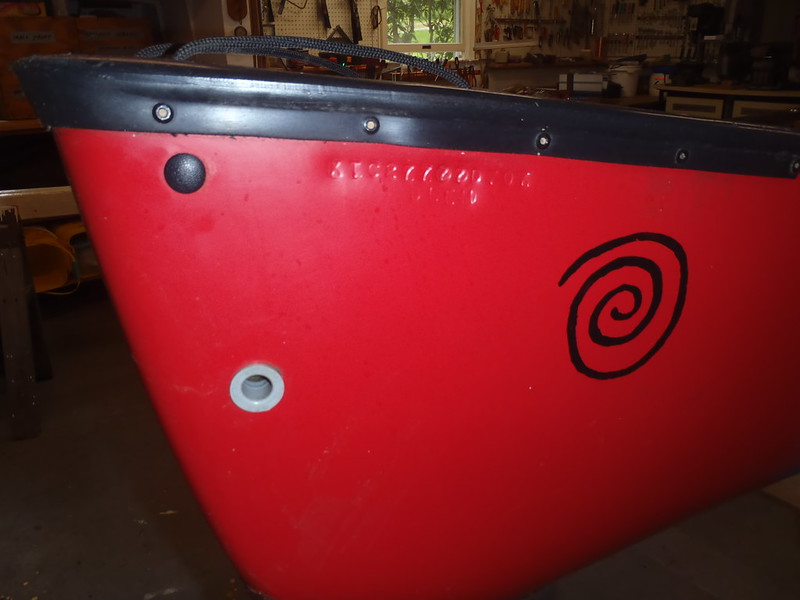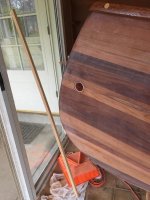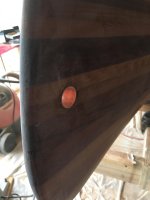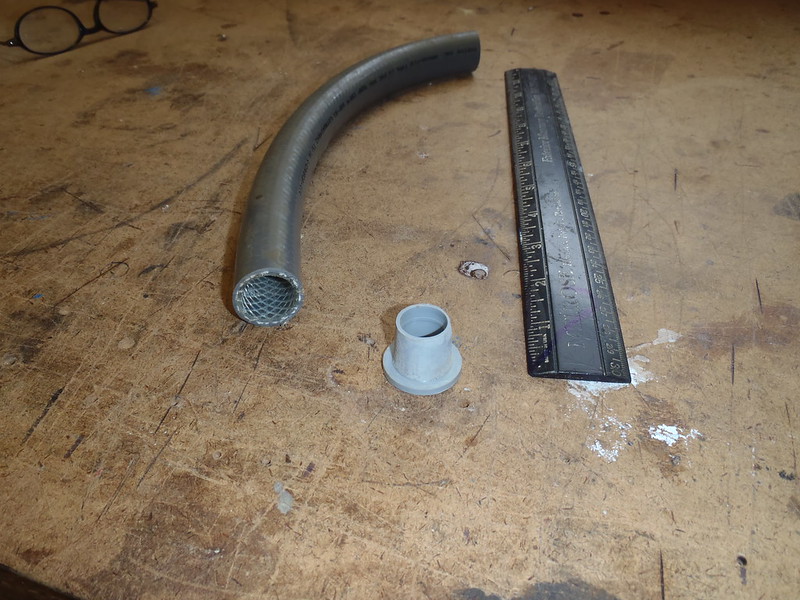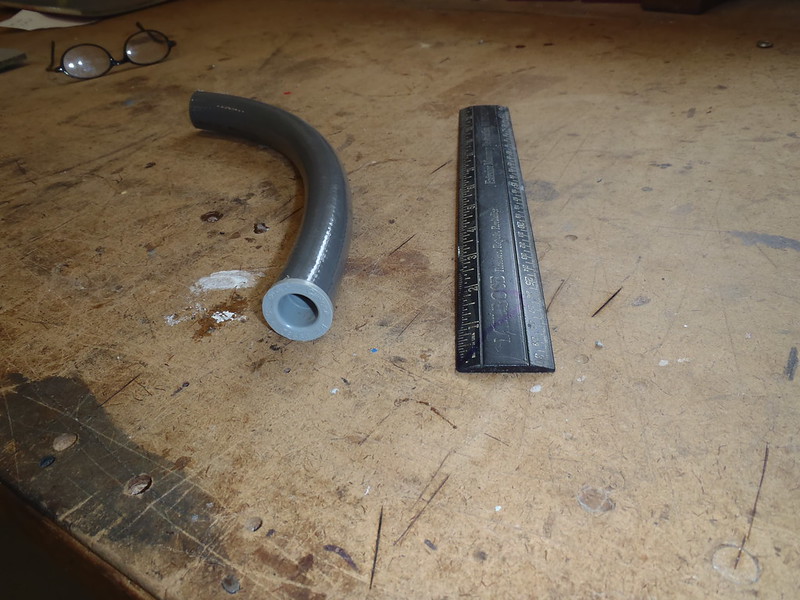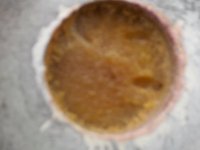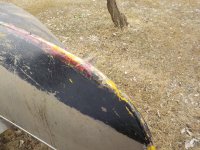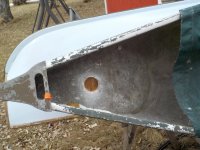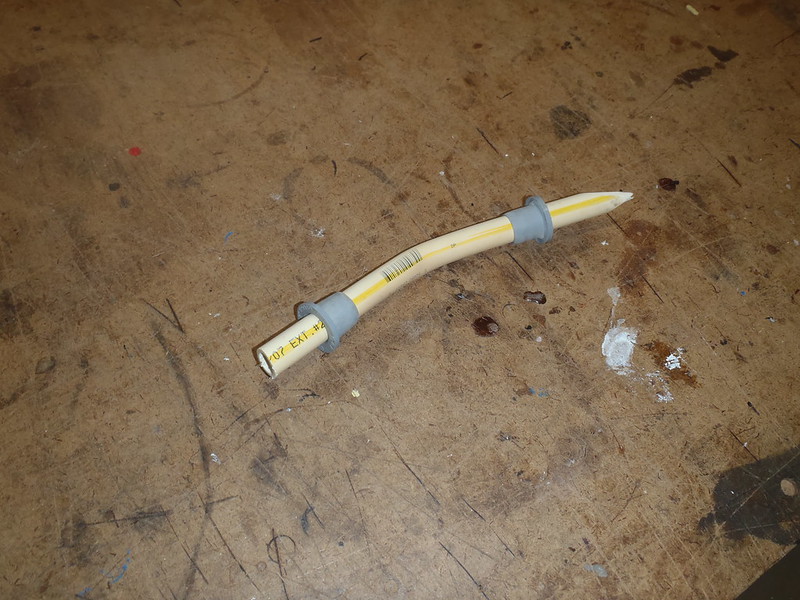Mason, do you drill at the angle of the pipe or perpendicular to the hull? Pilot bit size?
I drilled along the lines of the tubing, not perpendicular to the hull. As I used a spade bit, I didn't need a pilot bit. I drilled from the outside in on both sides--I did not try to drill all the way through from one side, which I think Alan did. Blowout was not a problem, though if you see on the pic of the dark green boat, there is some chipping of the gel coat along the edges. It was probably a dull bit. Sharp bits would be nicer. The lighter colored boat was cleaner. In Kevlar, you'll get some fuzz, which should be able to be cleaned up with a razor (though I didn't really clean mine up).
And Mike, the boat that saw all the action was my Wenonah C1W, which has moderate sized float tanks. With no other floatation, I could tow it to shore in a slow river by myself--it never came close to submerging. My Wenonah Encounter, with no added floatation, floated plenty high in a lake (after a lake snake grabbed my paddle while trying gunnel dipping). In whitewater I throw in as much floatation as the boat will hold and where I can still squeeze into it.

